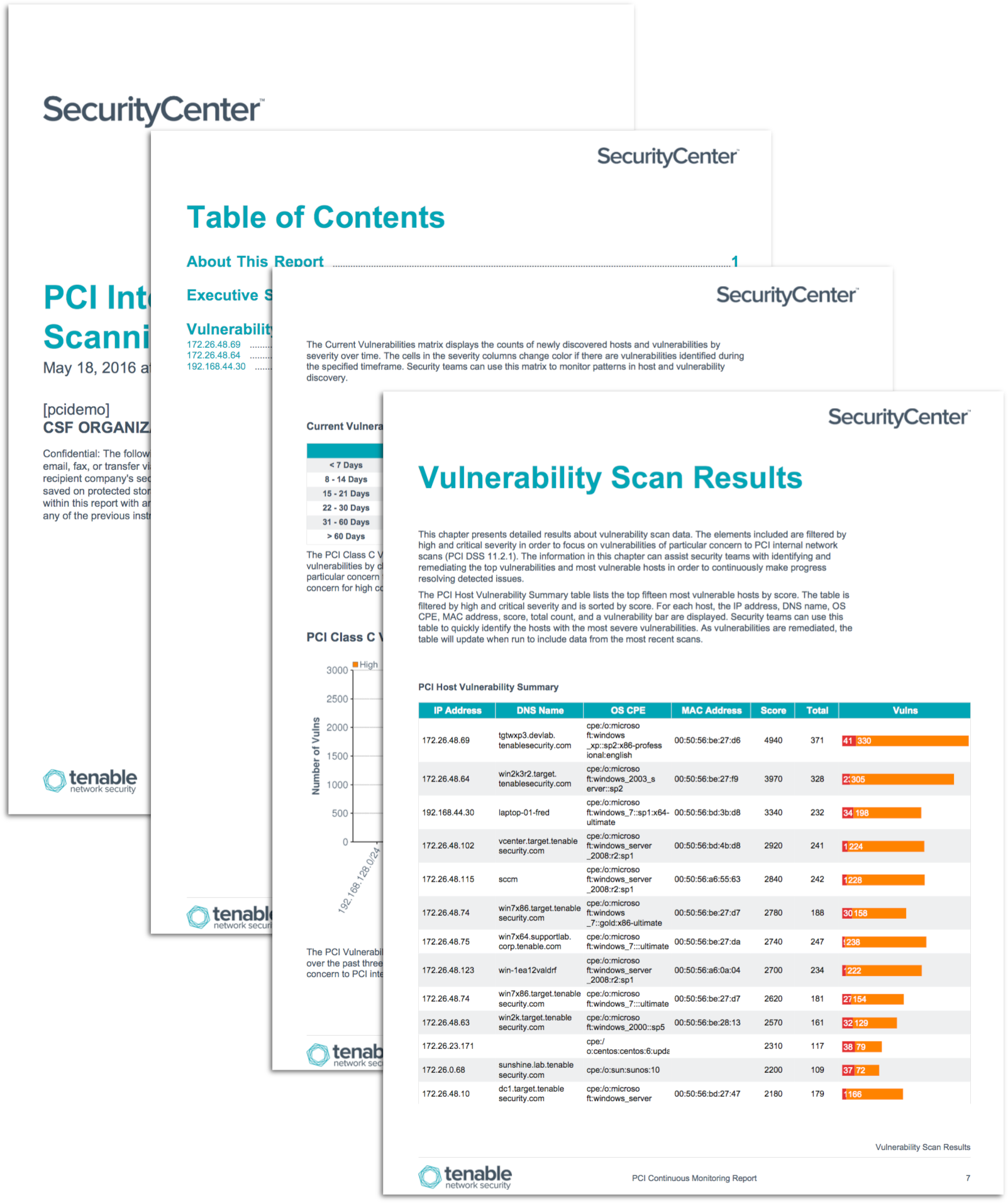by Megan Daudelin
June 3, 2016

The Payment Card Industry Security Standards Council (PCI SSC) maintains, evolves and promotes Payment Card Industry standards for the safety of cardholder data across the globe. The PCI SSC provides technical and operational requirements for organizations accepting or processing payment transactions. The guidance also applies for software developers and manufacturers of applications and devices used in those transactions.
The Payment Card Industry Data Security Standard (PCI DSS) helps entities understand and implement standards for security policies, technologies and ongoing processes that protect their payment systems from breaches and theft of cardholder data. The standards have historically been revised on a 2-3 year cycle, but the PCI SSC is transitioning to a posture of revising the PCI DSS as required based on changes to the current threat landscape. The current standard revision is PCI DSS Version 4.x. Any organization that handles payment card information must comply with the PCI DSS and must demonstrate compliance annually. Tenable Security Center is able to help organizations monitor ongoing PCI DSS compliance.
The PCI Internal Vulnerability Scanning report presents extensive data about the vulnerability status of the network based on the available data. The report can be used to gain insight into all vulnerability results, or it can be modified to focus exclusively on the results of a PCI internal network vulnerability scan. Organizations can configure repositories or asset lists in order to tailor the focus of the report. When the report is added from the Tenable Security Center Feed, the appropriate assets, IP addresses, or repositories can be specified. Assigning one of the options to the report will update all filters in the report. Security teams can use this report to identify and monitor vulnerability remediation across the organization.
An extensive section of this report focuses on vulnerability data gathered from all five sensors as available. The five sensors are active scanning, intelligent connectors, agent scanning, passive listening, and host data. By using data gathered from all available sensors, the report presents a thorough and highly detailed perspective on the vulnerability of the network. The data analyzed in this section of the report can also be filtered to focus on the meeting the requirement for internal vulnerability scanning (PCI DSS Requirement 11). By adding asset lists or repository filters, organizations can tailor the report to only use data specifically related to the internal vulnerability scanning requirements. The elements in this chapter are filtered for high and critical severity vulnerabilities in order to focus on vulnerabilities of particular concern to PCI internal network scans. Vulnerabilities are tracked by time, severity, and subnet in order to provide a comprehensive view of the vulnerability status of the cardholder data environment (CDE) or network.
This report is available in the Tenable Security Center Feed, a comprehensive collection of dashboards, reports, Assurance Report Cards, and assets. The report can be easily located in the Feed under the category Compliance & Configuration Assessments. The report requirements are:
- Tenable.sc 5.3.1
- Nessus 8.4.0
Tenable Security Center provides continuous network monitoring, vulnerability identification, risk reduction, and compliance monitoring. Tenable Security Center is continuously updated with information about advanced threats and zero-day vulnerabilities, as well as new types of regulatory compliance configuration audits. Nessus Network Monitor (NNM) performs deep packet inspection to enable discovery and assessment of operating systems, network devices, databases, and critical infrastructure. Tenable Security Center enables extensive vulnerability and malware detection, data flow analysis, user and anomalous behavior monitoring, intrusion detection, and change management monitoring. By integrating with Nessus, NNM, and Tenable Security Center, continuous network monitoring is able to detect and monitor systems and vulnerabilities across the enterprise.
This report contains the following chapters:
- Executive Summary: This chapter presents a high-level overview of the [vulnerability and/or configuration] status of the network. Vulnerabilities and configuration results are tracked by time, severity, and subnet. The chapter provides a quick reference for tracking remediation progress.
- Vulnerability Scan Results: This chapter presents detailed results about vulnerability scan data. The elements included are filtered by high and critical severity in order to focus on vulnerabilities of particular concern to PCI internal network scans (PCI DSS 11.2.1). The information in this chapter can assist security teams with identifying and remediating the top vulnerabilities and most vulnerable hosts in order to continuously make progress resolving detected issues.